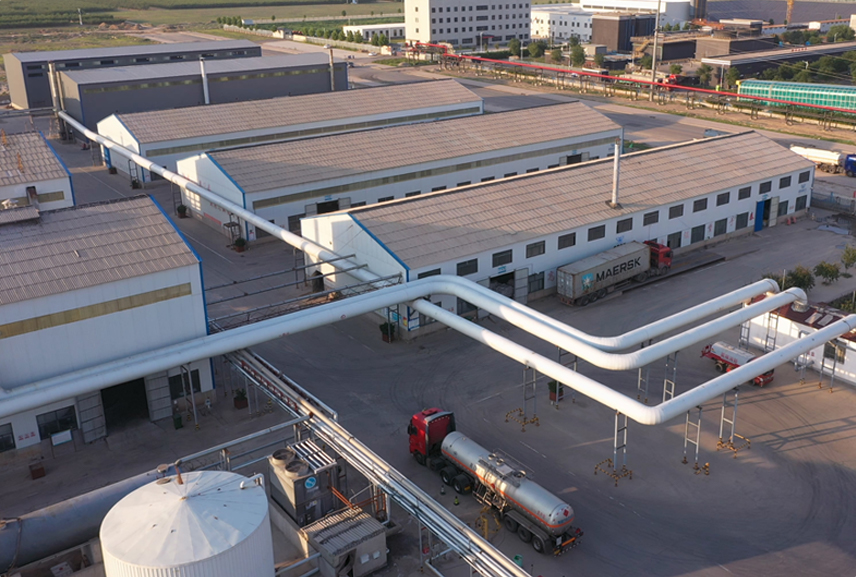FAQ
Regarding the relationship between viscosity and temperature in HPMC (HPMC viscosity), what should be noted in practical applications?
The viscosity of HPMC is inversely proportional to temperature, meaning that viscosity increases as temperature decreases. When we refer to the viscosity of a certain product, it generally refers to the measurement result of its 2% water solution at 20 degrees Celsius.
In practical applications, in regions with large temperature differences between summer and winter, it is advisable to use relatively lower viscosity during winter for better construction. Otherwise, at low temperatures, the viscosity of the cellulose increases, resulting in a heavier feel during application.
Medium viscosity: 75,000-100,000 (mainly used for putty)
Reason: Good water retention.
High viscosity: 150,000-200,000 (mainly used for polystyrene particle insulation mortar powder and foamed glass bead insulation mortar)
Reason: High viscosity, reduces mortar dusting and sagging, improves construction.
However, in general, higher viscosity provides better water retention. Therefore, many dry mortar manufacturers consider using medium-viscosity cellulose (75,000-100,000) instead of low-viscosity cellulose (20,000-40,000) to reduce the dosage and costs.
What are the differences between HPMC and MC?
MC stands for methyl cellulose, which is a cellulose ether made from purified cotton through alkali treatment using chloromethane as the etherification agent, followed by a series of reactions. The degree of substitution is generally 1.6-2.0, and different degrees of substitution result in different solubilities. It belongs to non-ionic cellulose ethers.
1. Methyl cellulose's water retention depends on the amount added, viscosity, particle size, and dissolution rate. Generally, a higher amount, smaller particle size, and higher viscosity result in better water retention. Among these cellulose ethers, methyl cellulose and hydroxypropyl methyl cellulose have higher water retention.
2. Methyl cellulose is soluble in cold water but has difficulty dissolving in hot water. Its aqueous solution is stable within the pH range of 3-12. It has good compatibility with starch, guar gum, and many surfactants. Gelation occurs when the temperature reaches the gelation temperature.
3. Temperature variation significantly affects the water retention of methyl cellulose. Generally, higher temperatures result in poorer water retention. If the temperature of the mortar exceeds 40°C, the water retention of methyl cellulose decreases significantly, which adversely affects the workability of the mortar.
4. Methyl cellulose has a noticeable impact on the workability and adhesion of mortar. "Adhesion" refers to the adhesion force between the worker's application tool and the wall substrate, i.e., the shear resistance of the mortar. A higher adhesion leads to higher shear resistance, requiring more force from the worker during application and resulting in poorer workability. Among cellulose ether products, methyl cellulose has a moderate level of adhesion.
HPMC stands for Hydroxypropyl Methyl Cellulose. It is a non-ionic cellulose ether derived from refined cotton through alkalization, using epichlorohydrin and chloromethane as etherification agents in a series of reactions. The degree of substitution is generally between 1.2 and 2.0. Its properties vary with the ratio of methoxy content to hydroxypropyl content.
(1) Hydroxypropyl Methyl Cellulose is soluble in cold water, but it can be difficult to dissolve in hot water. However, its gelation temperature in hot water is significantly higher than that of methyl cellulose. Its solubility in cold water is greatly improved compared to methyl cellulose.
(2) The viscosity of Hydroxypropyl Methyl Cellulose depends on its molecular weight, with higher molecular weight leading to higher viscosity. Temperature also affects its viscosity, with viscosity decreasing as temperature rises. However, its viscosity is less affected by temperature compared to methyl cellulose. Its solution is stable when stored at room temperature.
(3) Hydroxypropyl Methyl Cellulose exhibits stability in acids and alkalis, and its aqueous solution is highly stable within the pH range of 2 to 12. It is minimally affected by sodium hydroxide and lime water, although alkalis can accelerate its dissolution and slightly increase its viscosity. It demonstrates stability in general salts, but at higher salt concentrations, the viscosity of Hydroxypropyl Methyl Cellulose solution tends to increase.
(4) The water retention capacity of Hydroxypropyl Methyl Cellulose depends on factors such as the dosage and viscosity, and at the same dosage, its water retention rate is higher than that of methyl cellulose.
(5) Hydroxypropyl Methyl Cellulose can be mixed with water-soluble high molecular weight compounds to form homogeneous solutions with higher viscosity. Examples include polyvinyl alcohol, starch ethers, and plant gums.
(6) Hydroxypropyl Methyl Cellulose exhibits higher adhesion in mortar construction compared to methyl cellulose.
(7) Hydroxypropyl Methyl Cellulose has better resistance to enzymatic degradation compared to methyl cellulose, and its solution is less likely to undergo enzymatic degradation.
What are the formulations for interior and exterior wall putty powder?
1. Interior wall putty powder: Heavy calcium carbonate 800KG, light calcium carbonate 150KG (Starch ether, pure Qing, Peng run soil, citric acid, polyacrylamide, etc., can be added as appropriate).
2. Exterior wall putty powder: Cement 350KG, heavy calcium carbonate 500KG, quartz sand 150KG, latex powder 8-12KG, cellulose ether 3KG, starch ether 0.5KG, wood fiber 2KG.
What is the application of HPMC in putty powder, and what causes the formation of bubbles in putty powder?
HPMC has three functions in putty powder: thickening, water retention, and facilitating construction. It does not participate in any reaction. The formation of bubbles in putty powder can be caused by two reasons: (1) Excessive water content. (2) Applying another layer on top before the bottom layer has dried, which can also lead to the formation of bubbles.












